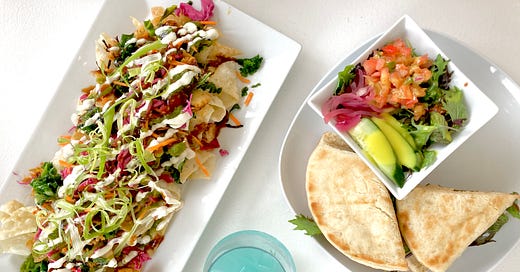From Eating Clean To Eating Disorder
Dispelling eating disorder myths. Plus an easy air fryer breakfast hack and 2022 food trends.
This week’s Best, is a continuation of last week’s—on how veganism is used to virtue-signal and validate our morals—I recommend you read it first.
Back in the 70s, a doctor by the name of Steven Bratman witnessed his patients healing themselves with food while working on a commune as a cook and farmer. He noticed their steadfast conviction that the meatless, macrobiotic, dairy-free, unsweetened, raw foods they were devout to were the “healthiest.” He coined the term “orthorexia” (combining the Greek word, orthos, meaning “correct” with Latin’s orexis for “appetite” or “hunger”), to describe their behavior, what he considered to be an eating disorder.
Today, orthorexia simply means taking healthy eating to an extreme, and it runs rampant among vegan influencers, many of whom have rebranded, or abandoned their platforms altogether when they realize their “healthy” advice has gone too far. Like, Lee Tilghman (aka Lee From America), who…



